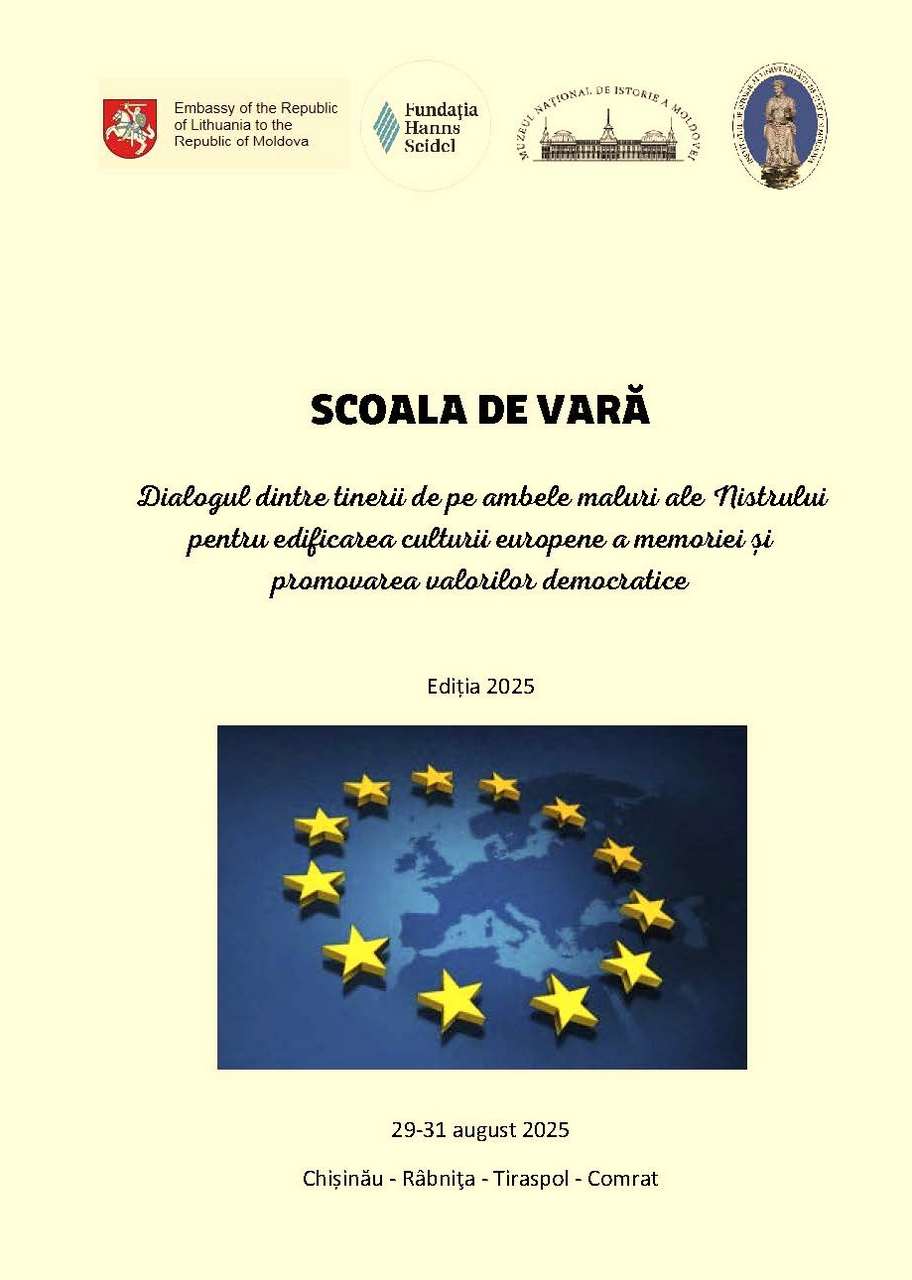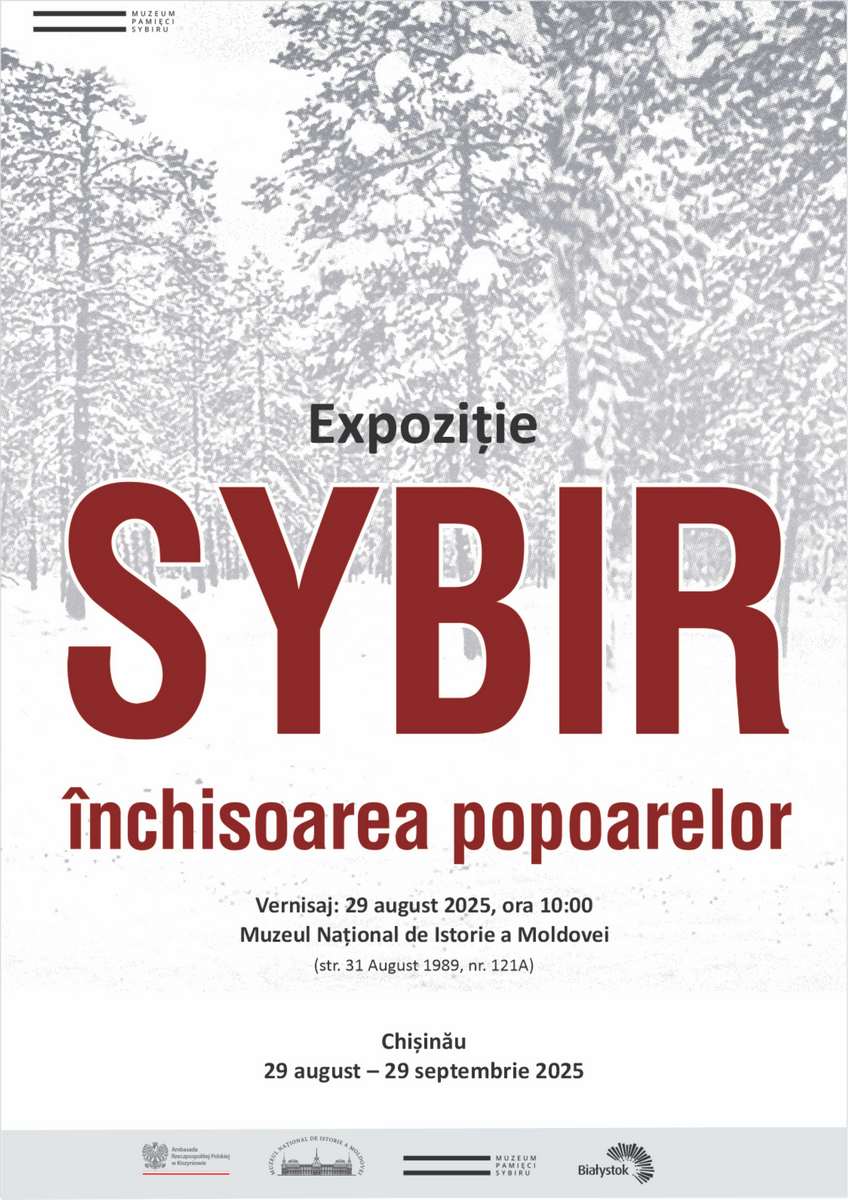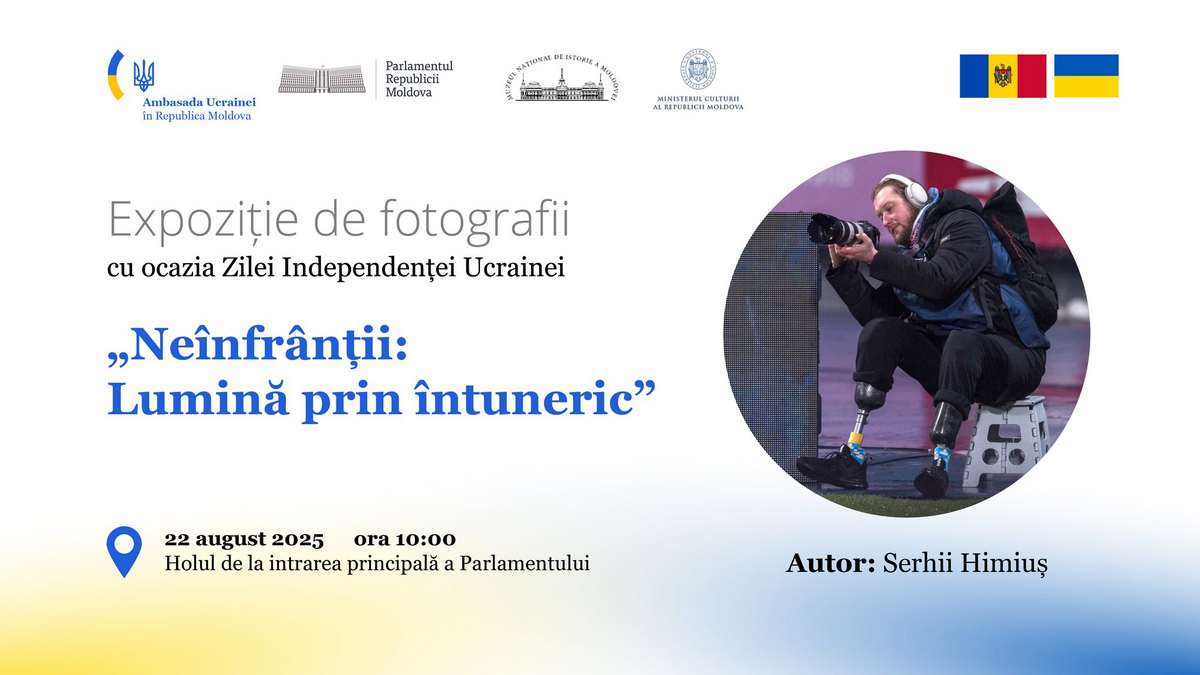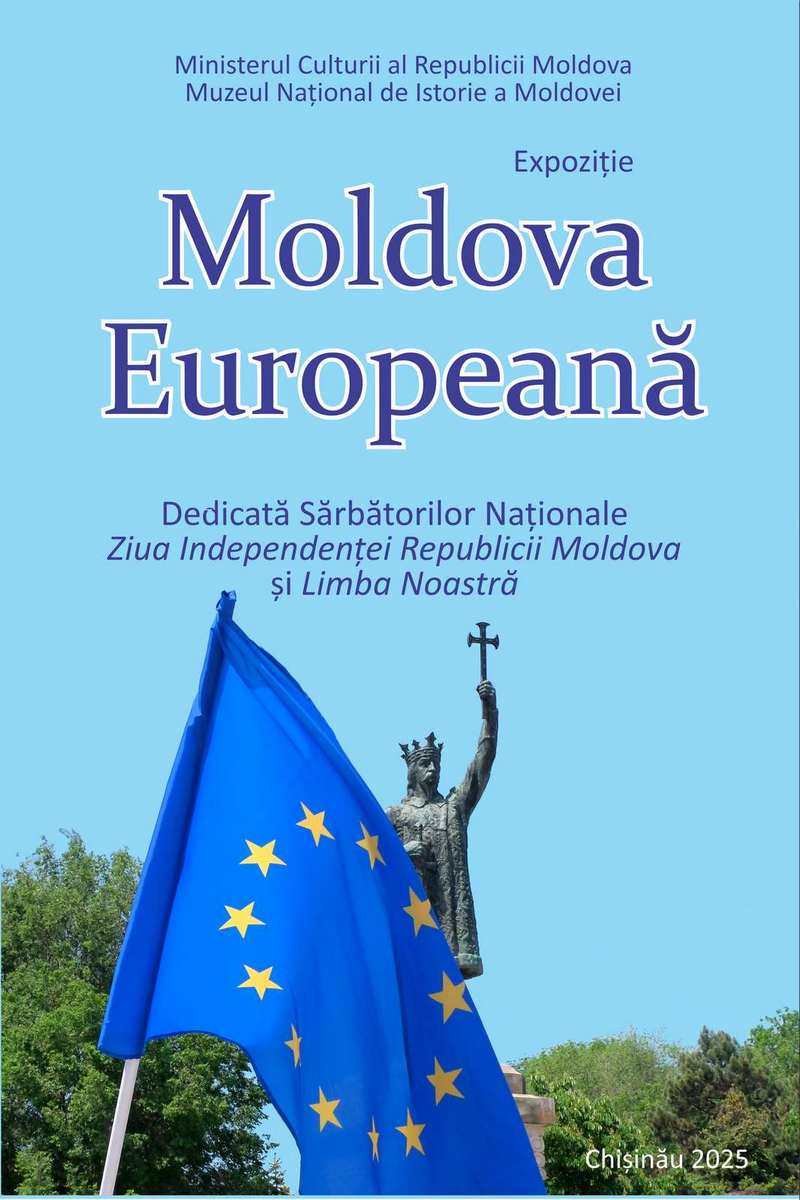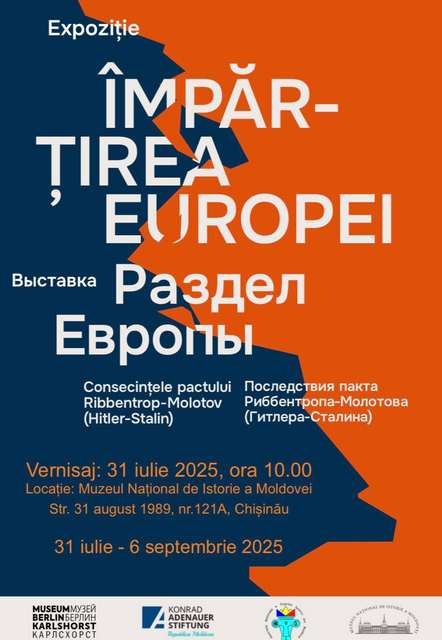>>>
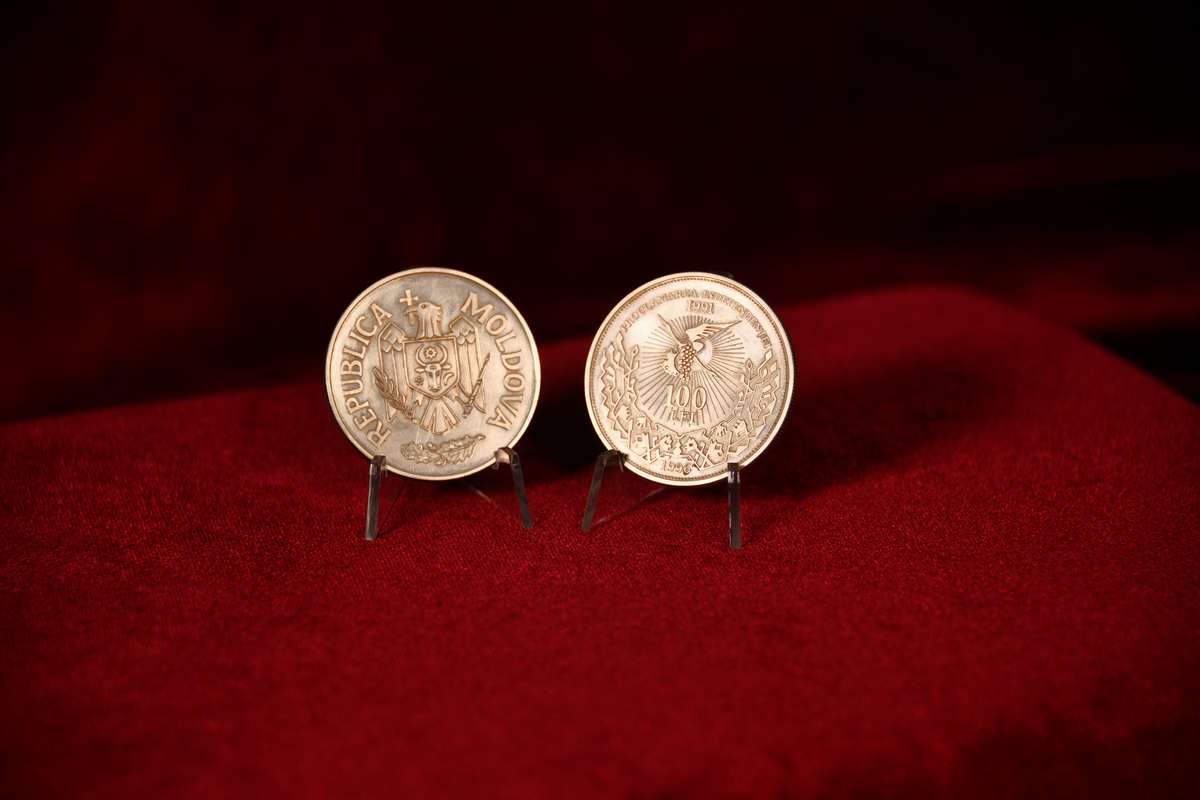
The National Bank of Moldova annually issues commemorative or anniversary coins dedicated to various historical events, prominent cultural and scientific figures, the promotion of heritage and cultural traditions, architectural monuments, the flora and fauna of the Republic of Moldova, etc. A significant place in the coin series of the Republic of Moldova is held by those reflecting key milestones in the formation and development of our country. These coins are the subject of this mini-exhibition:
1-2. 5 Years Since the Proclamation of the Independence of the Republic of Moldova, 100 lei, 1996, AR; W: 28.28 g; D: 38.61 mm; mintage: 1,000 pcs. FB-23252-1,2.
3. 10 Years Since the Proclamation of the Independence of the Republic of Moldova, 100 lei, 2001, AR; W: 31.1 g; D: 37 mm; mintage: 1,000 pcs. FB-24305.
4. 20 Years Since the Proclamation of the Independence of the Republic of Moldova, 100 lei, 2011, AR; W: 31.1 g; D: 37 mm; mintage: 1,000 pcs. FB-29968-3.
5-7. 30 Years Since the Proclamation of the Independence of the Republic of Moldova, set; 50 lei; 2023; AR; W: 20 g; D: 32 mm; mintage: 500 pcs. The coins bear the inscriptions: "A sacred freedom", "My heart is Moldova", "As long as we live on this earth". PMC-423-425.
8. 20 Years Since the Introduction of the National Currency in the Republic of Moldova, 100 lei, 2013, AR; W: 28.28 g; 40 x 28 mm; mintage: 2,000 pcs. FB-29968-2.
9. Anniversary of the National Currency, 50 lei, 2023; AR; W: 31.1 g; D: 37 mm; mintage: 500 pcs. FB-PMC-870.
10. 20 Years Since the Adoption of the Constitution of the Republic of Moldova, 100 lei, 2014; AR; W: 13.0 g; D: 28 mm; mintage: 1,000 pcs. FB-29968-1.


















 31 August 1989 St., 121 A, MD 2012, Chisinau, Republic of Moldova
31 August 1989 St., 121 A, MD 2012, Chisinau, Republic of Moldova













































